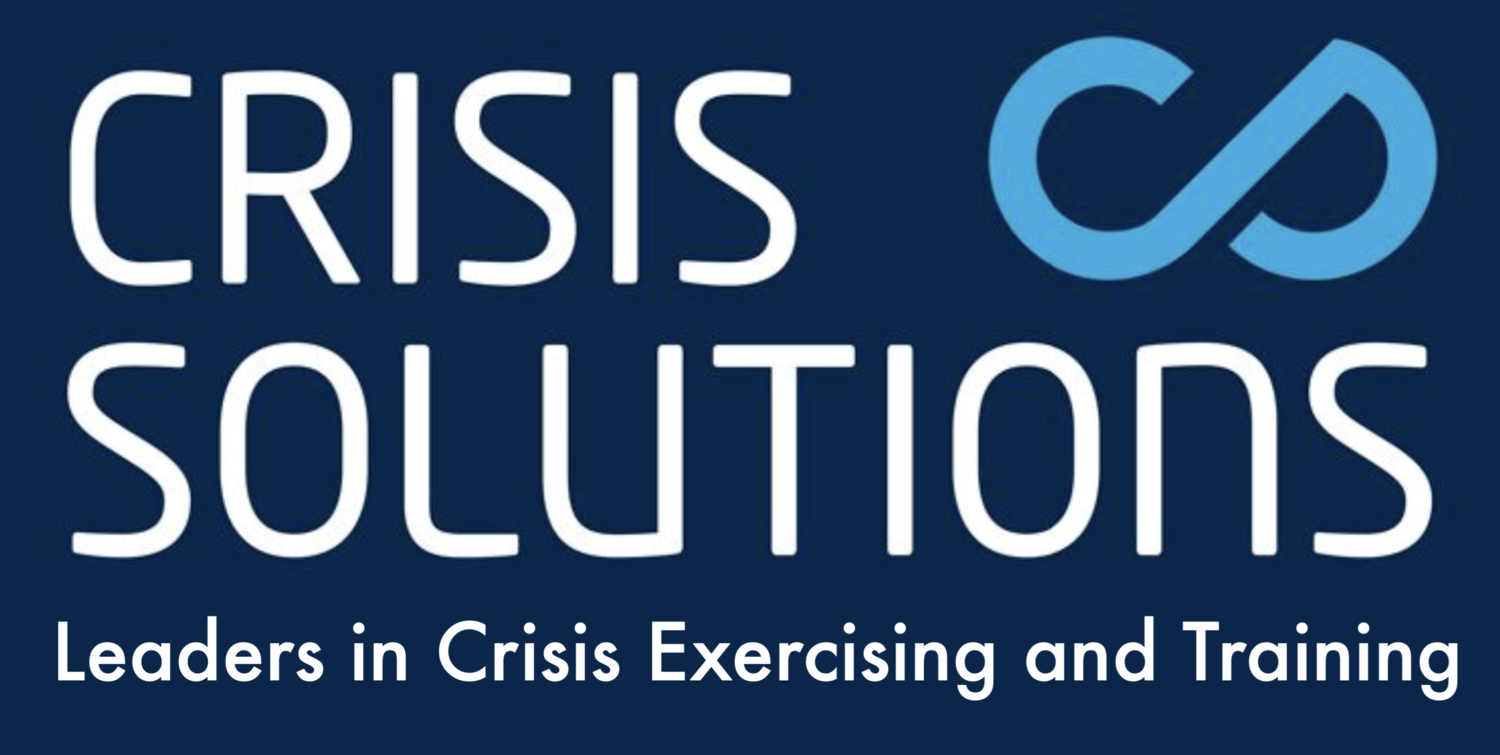Activation of a crisis team
As many of you know, at Crisis Solutions we use our own benchmark which we call the ACID Test. This is an acronym for Activation, Communications, Information Management and Decision Making - the four components we believe define an effective crisis response. We apply a variety of metrics to these four core capabilities. We constantly refine and develop these metrics and use them to shape the reports we write after crisis exercises. This enables us to set out a roadmap for the organisation detailing how to improve their crisis response. It also helps organisations validate their investment in business continuity and crisis management, and to identify areas of the business where they need to raise the bar.
We can also use this analysis to identify ‘best in class’ characteristics as opposed to ‘good’ or ‘below average’. Interestingly, not all organisations want to be ‘world class’. For some ‘good’ is perfectly acceptable in terms of where they want to be, which enables us to guide them on a proportionate level of investment in resilience. Let me describe the first of these in a little more detail.
Activation of a crisis team is the process by which an organisation switches out of ‘business-as-usual’ role and engages itself with the crisis. This will include obvious things, such as ‘standing up’ a team or teams, notification of crisis team members and everyone knowing the right contact numbers, protocols etc.
So far, so good. Now we move on to roles and responsibilities. Does everyone know which team they are in? Do they know what their role is in that team and the extent of their responsibilities? On the same theme, the successful activation of a crisis team means ensuring you have the right people in the meeting or on the call. So best practice states that the Chair (who should be clearly nominated and trained beforehand) should begin the meeting or call with a ‘roll-call’ to ensure all relevant areas of the organisation are represented. This also means ensuring that deputies are brought in should the primary person not be available. In addition, the Chair should consider whether this particular crisis requires additional expertise not usually in the meeting, for example cyber advice from insurers.
The team should also have a nominated, and trained, note-taker or - better still - a Crisis Co-Ordinator to assist the team in following process (more of this important function in later blogs).
So, having got to this point we have fully activated our crisis response and are ready to deal with anything, right? Well, almost. All that I’ve mentioned so far is ‘process’. What about the human element of dealing with a crisis? How do we get the people gathered around the table / phone in the correct mindset to deal with a crisis? This team will now need to use a set of behaviours, techniques and interactions which are quite different to business-as-usual. Increasingly, organisations are looking at ways of triggering this transition into crisis mode; something I’ll be discussing in another blog.

